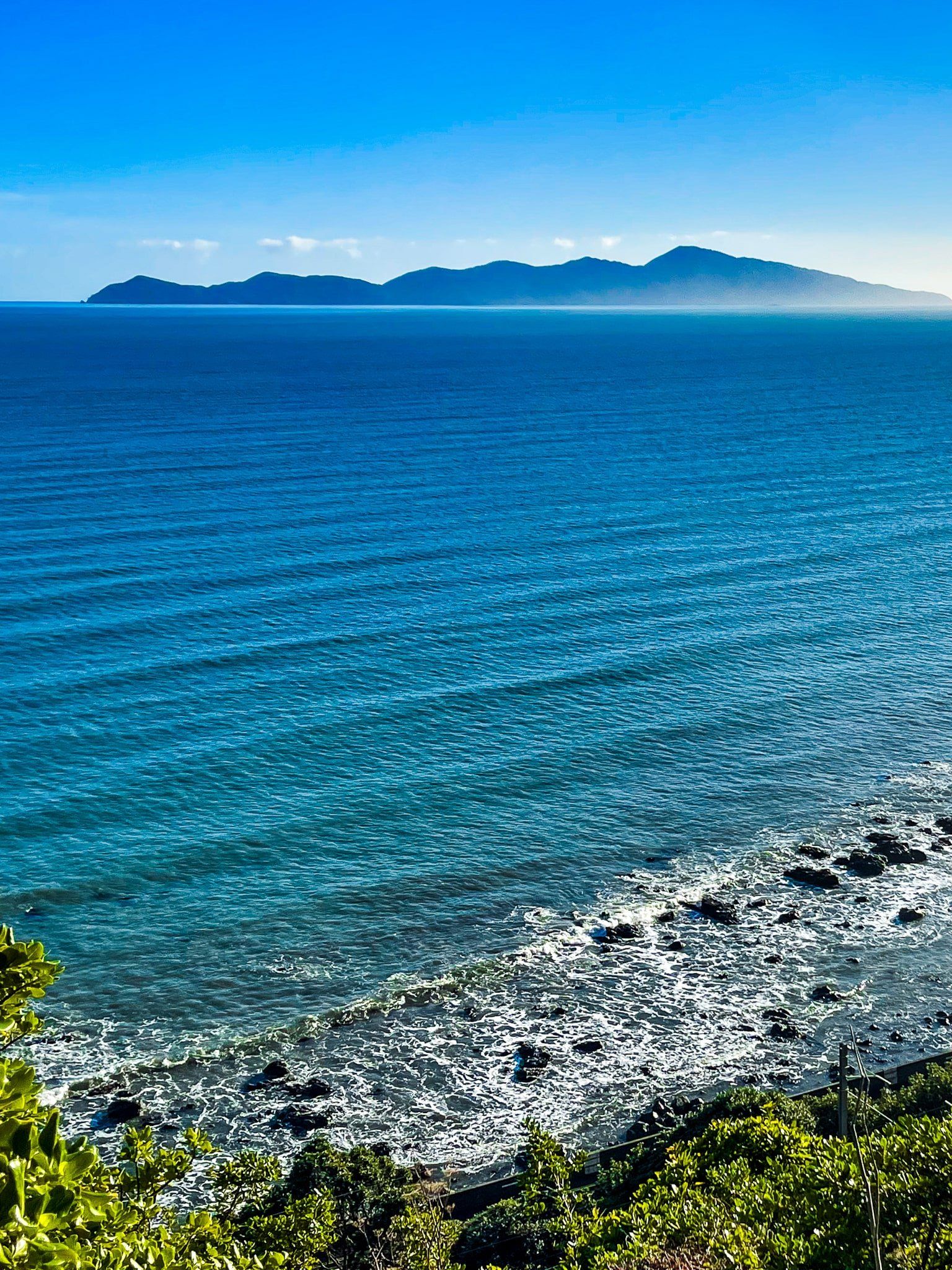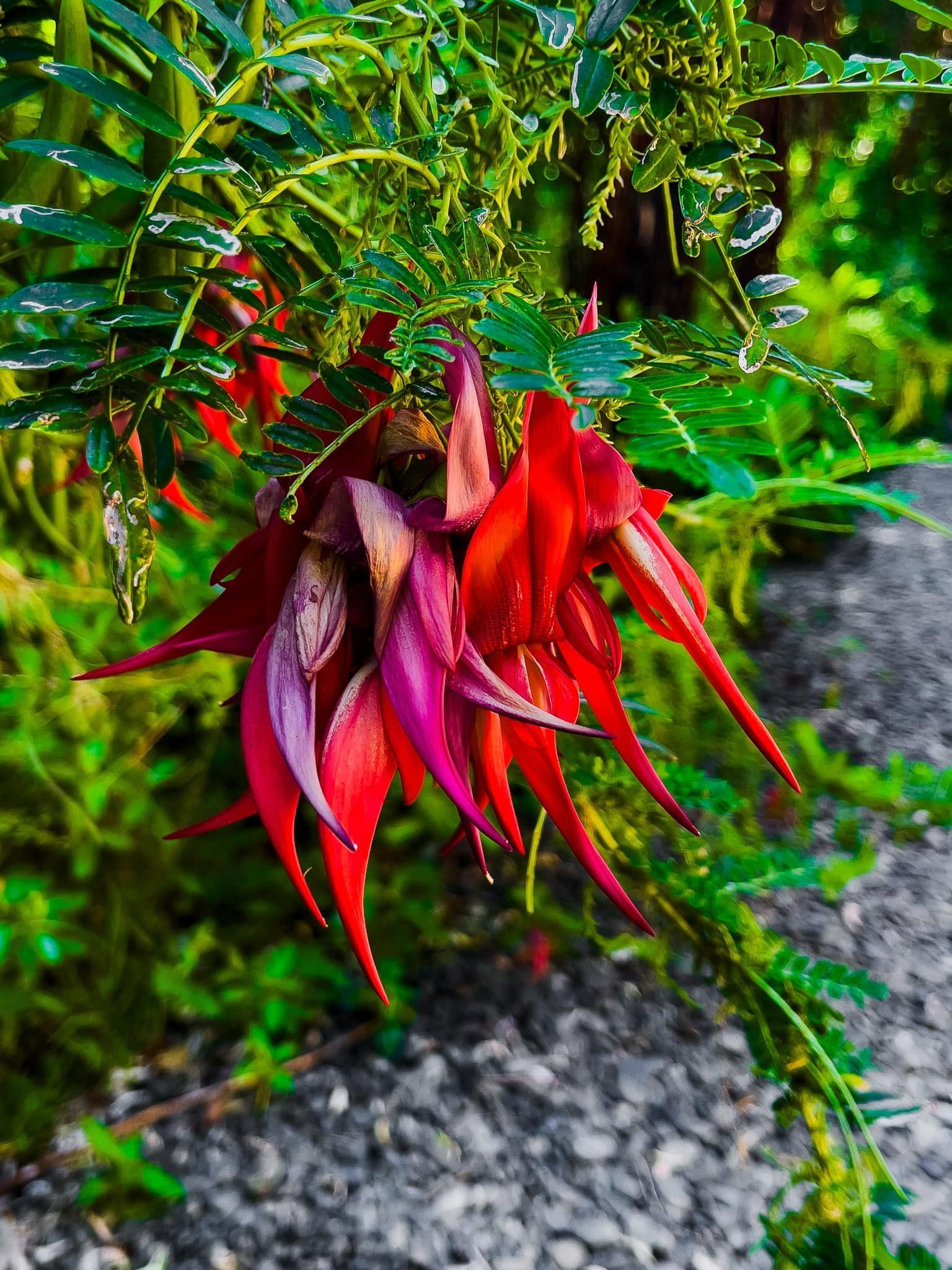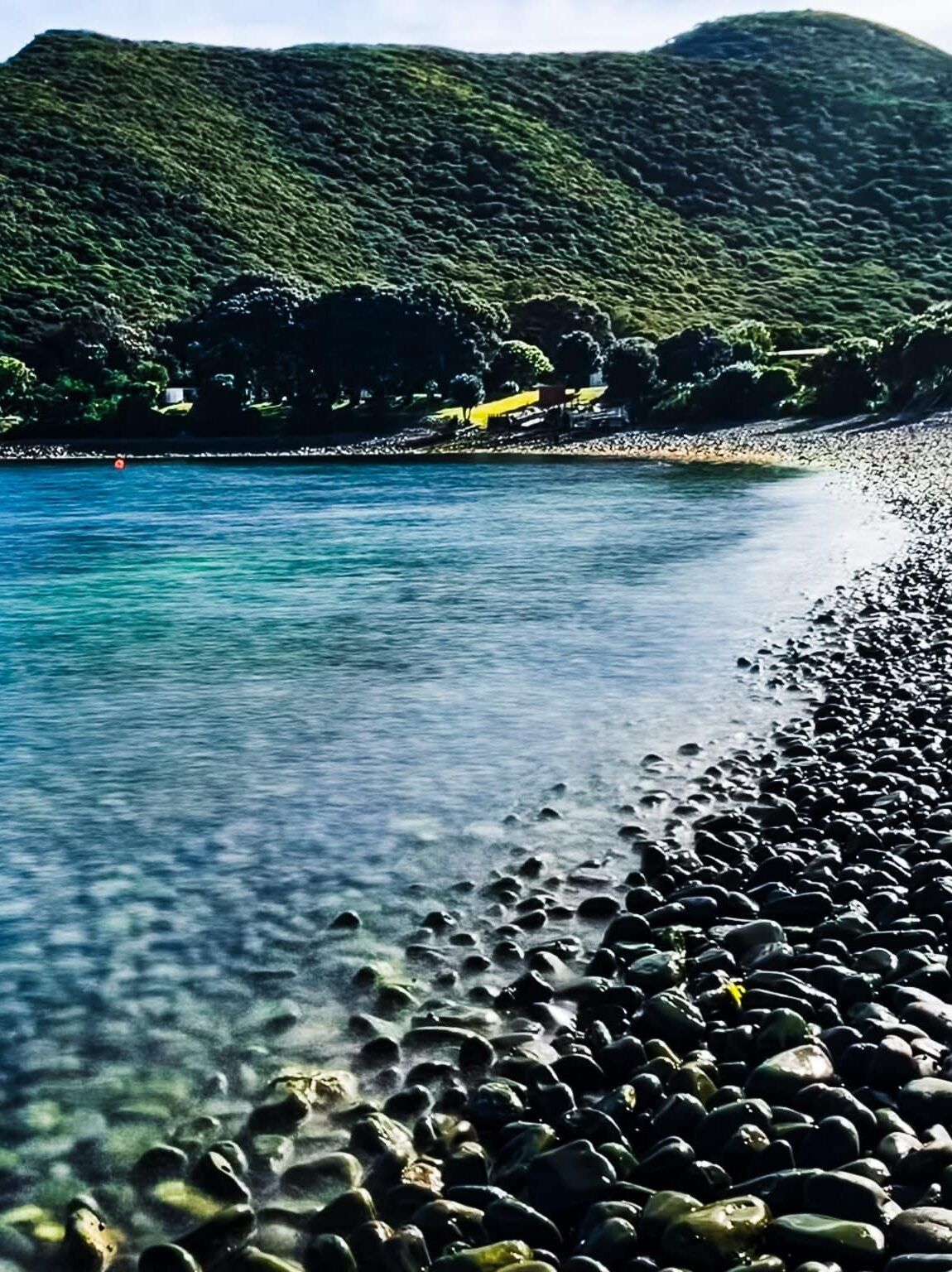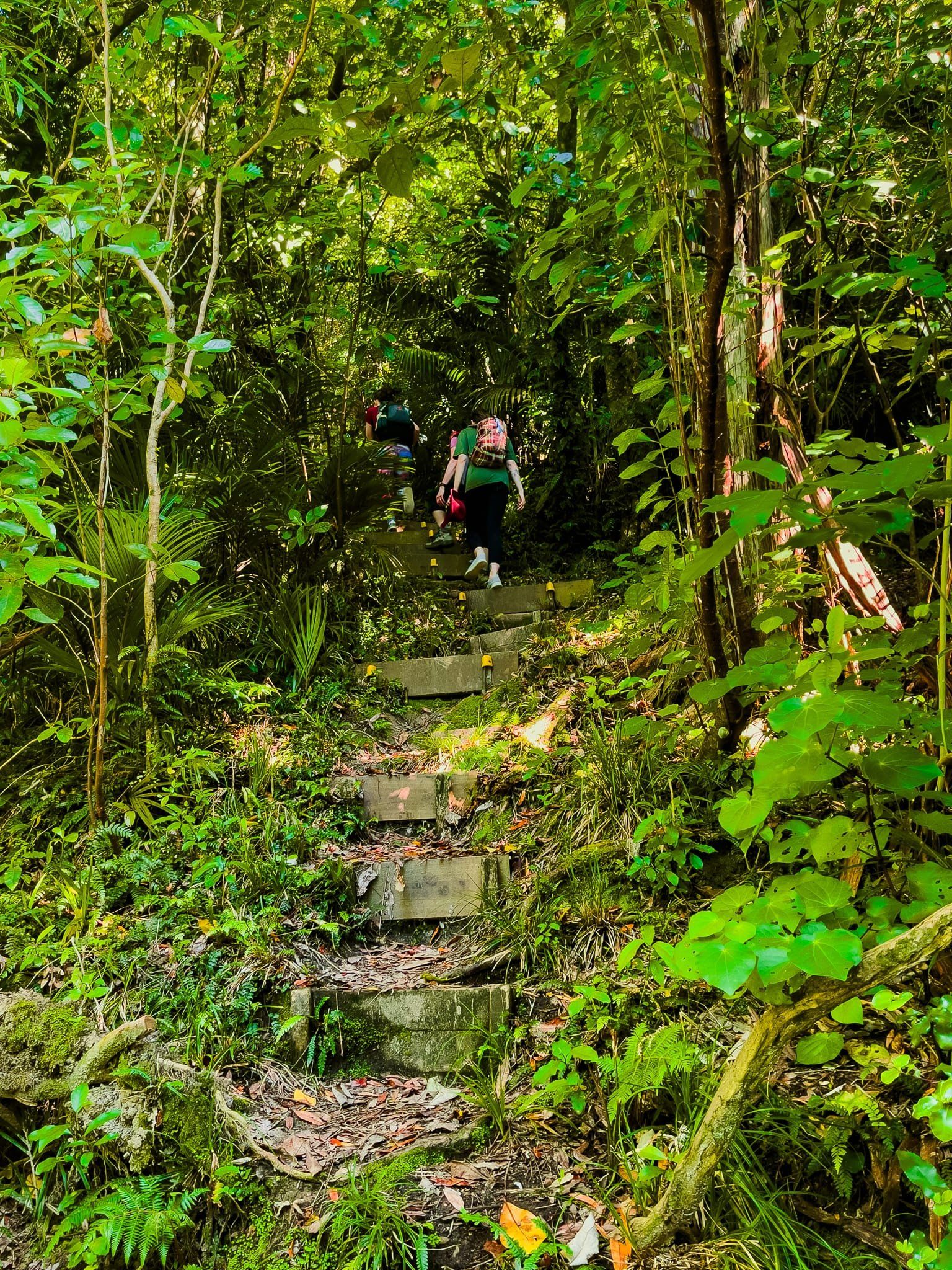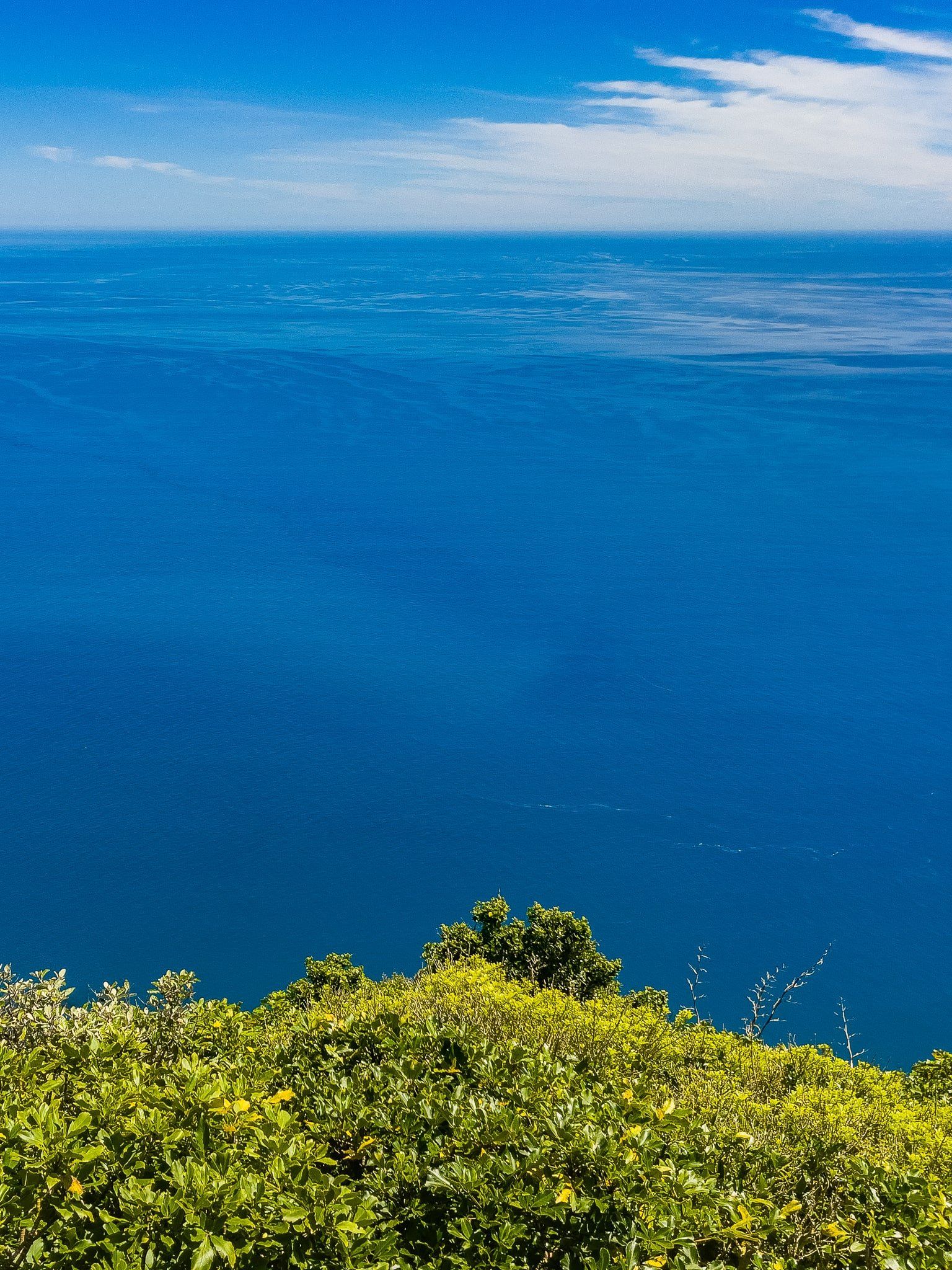Kāpiti Island is five km off the Kāpiti Coast, northwest of Wellington. It was originally part of the Tararua Range but has been long separated by a fault line, now the Rauoterangi Channel. The highest point is Tūteremoana at 521 metres. The west side is dominated by sheer cliffs, making for spectacular views from the peak. The island is mostly a DOC-administered conservation reserve dating back to the late 1890s. However, the northern tip is owned by descendants of Ngāti Toa, who operate Kāpiti Island Nature Tours and work with DOC to provide boat access, tours, and overnight accommodation next to the reserve. Today, the Island is one of the best bird sanctuaries in the country.
Take a day at Rangatira Bay or stay overnight at the lodge in Waiorua Bay. From Rangatira Bay, walk through regenerating forest on the Rangatira Loop, Trig, and Wilkinson Tracks to the peak Tūteremoana. Rare native birds have been successfully protected on the island for decades and are generally easy to see. On our visit, they were more obvious around the lodge than in the forest.
The boat to the island leaves from Paraparaumu Beach near the corner of Kāpiti Road and Marine Parade. It is only a 20-minute boat ride, but there is a biosecurity bag check before departure. The number of daily visitors is limited, so book in advance.
There is no wharf at either end. Instead, a tractor-trailer at Paraparaumu towed the boat into the water. It beaches at Rangatira Bay for the main walks and at the Waiorua Bay Lodge for overnight drop-offs. The downside is that windy weather can affect the safe beaching of the boat.
The Island has a vibrant history that belies its tiny size. The early Polynesian explorer, Whātonga of waka Kurahaupō, divided Aotearoa into two around 1150. South of Kāpiti was given to his son Tara (Muaūpoko iwi) and north of this to his son Tautoki, (Rangitāne iwi). This is reflected in the full Māori name of Te Waewae-Kāpiti-o-Tara-rāua-ko-Rangitāne.
In the early 1800s, the Island was in the possession of Muaūpoko. However, Te Rauparaha of Ngāti Toa in the Kawhia region led his people 500 km south and captured the island in 1822. This protected Ngāti Toa from incessant wars with Waikato iwi and was strategically valuable in dealing with European whalers and traders. A key commodity was guns, exchanged for flax and whale station locations and support, for which Kāpiti was perfect. In 1824, a coalition of iwi with 2,000 warriors attempted to retake the Island and was defeated in the battle of Waiorua. This cemented the dominance of Te Rauparaha and Ngati Toa in the southern part of the North Island. By 1827, Te Rauparaha and his allies attacked Ngāi Tahu in the South Island to gain control of the pounamu (greenstone) trade. They got at least as far as Akaroa before Ngāti Tahu in Otago had sufficient guns to fight back.
By the 1830s, Kāpiti Island had five whaling stations, and around 2000 people were employed there. Then, it all changed with the loss of gun dominance, Christianity, the Treaty of Waitangi, and the collapse of whaling in the 1840s. By 1850, the land was leased to European farmers and the ancient forest was largely logged. In the late 1890s, a wildlife reserve was created, and the government became the sole legal purchaser of land on the island. Today, the Kāpiti Island Nature Reserve makes up most of the island and adjoins the Kāpiti Marine Reserve.

